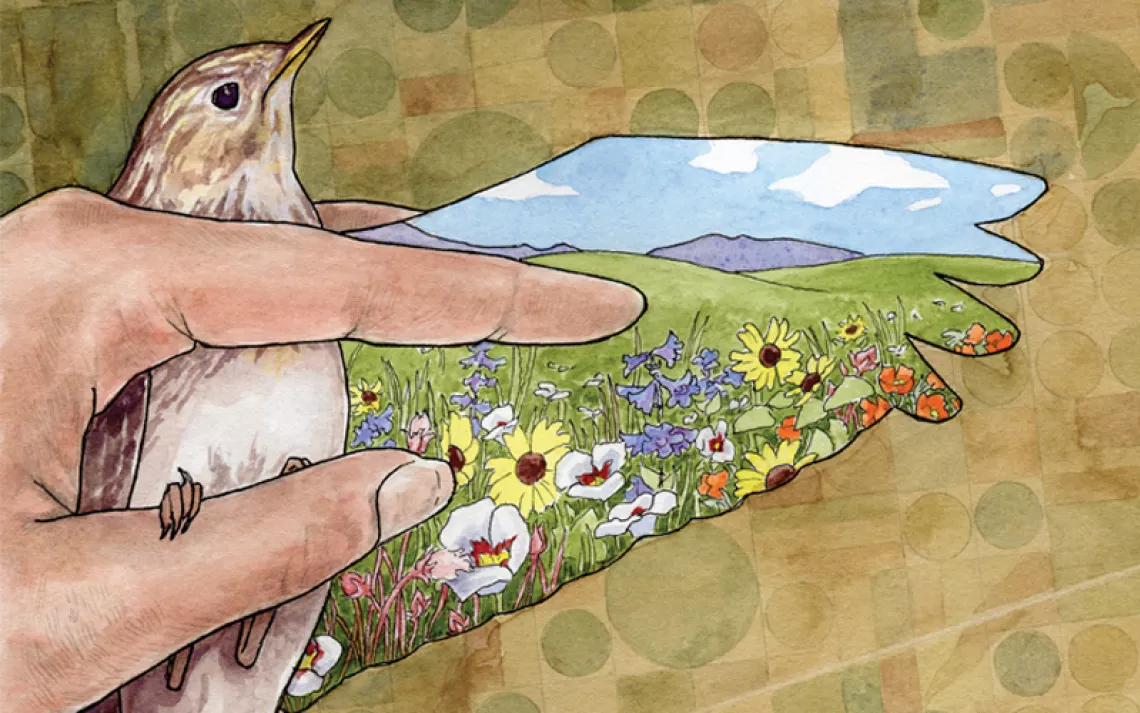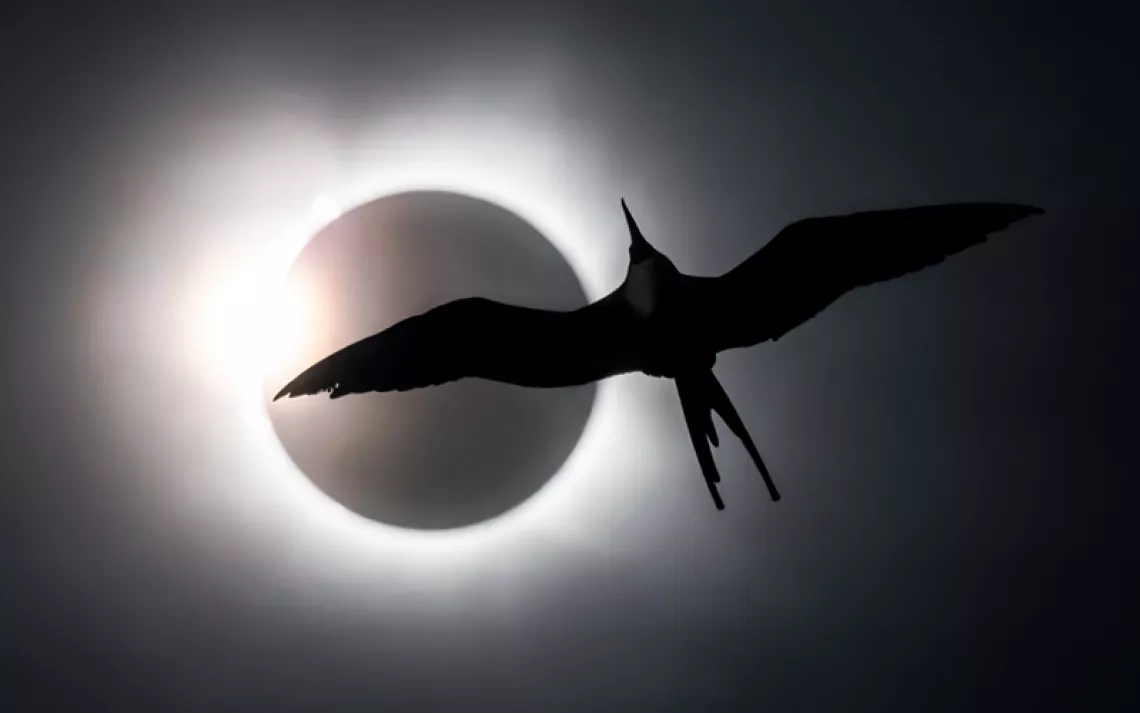Wisconsin Republicans Introduce Bill Authorizing Sandhill Crane Hunt
After decimating the state’s wolves, conservatives are targeting the iconic birds

Photo by Michael Tatman/iStock
Last February, Wisconsin’s Republican legislators made national headlines when they approved a hunt that led to the demise of nearly 20 percent of the state’s wolf population. Now those same legislators have set their sights on another vulnerable species: the sandhill crane.
In October, state senate Republicans introduced S.B. 620, which would require Wisconsin’s Department of Natural Resources (DNR) to establish a sandhill crane hunting season. If passed, the bill could spell disaster for the Eastern Population of greater sandhill cranes.
Sandhill cranes are an ancient species with fossil records dating back at least 2.5 million years. In the 18th and 19thcenturies, overhunting and habitat destruction nearly caused the Eastern Population to become extinct. In the 1930s, Wisconsin was down to an estimated 15 breeding pairs; the birds had already disappeared from five other states: Illinois, Iowa, South Dakota, Ohio, and Indiana. Through concerted conservation efforts, the population has slowly increased over the past 70 years. In 2020, the US Fish and Wildlife Service estimated that Eastern Population number at nearly 95,000, with nearly half the population in Wisconsin.
Proponents of the hunt claim that there are now too many birds and that the hunt should be part of an overall management strategy. Senator Mary Felzkowski, who sponsored S.B. 620, argues that because the Wisconsin sandhill crane population is no longer endangered, "it’s time now to manage that resource, just as we do with all our other waterfowl and birds."
Another backer, Bruce Ross, the executive director of the Wisconsin Waterfowl Association (WWA), says his organization would like to see “an ethical and sustainable sandhill crane hunt in Wisconsin” that is “science-based.” But in crafting the bill, Republicans failed to consult expert groups such as the Wisconsin Conservation Congress, the Wisconsin Wildlife Federation, the Great Lakes Indian Fish & Wildlife Commission, or even the DNR. The International Crane Foundation (ICF), the Wisconsin Society for Ornithology (WSO), the Madison Audubon Society, and the Green-Rock Audubon Society have come out against the bill.
Conservationists point out that Eastern Population sandhill cranes are notoriously hard to count. Sandhill cranes are migratory waterfowl that inhabit wetland areas and fields that are often near or encroached upon by agriculture in Wisconsin. As the birds adapt to changing conditions, they modify their diet and reproductive and migration patterns. Without a better understanding of the Eastern Population in Wisconsin, the birds will remain especially vulnerable to being overharvested.
Other factors set Eastern Population sandhill cranes apart from typical waterfowl and game birds. Sandhill crane pairs mate for life, and most do not begin to have chicks (called “colts”) until they are four or five years old. It may take up to eight years for a pair to have a colt that survives to adulthood. The WSO cites a 22-year study of sandhill cranes in central Wisconsin showing that, on average, fewer than half of all colts survive to fall migration annually, and that the number is on the decline. Conservationists are also concerned that a Wisconsin hunt will be the first authorized on breeding grounds of the Eastern Population of sandhill cranes, further threatening their numbers.
Furthermore, conservationists worry that a sandhill crane hunt could negatively impact other vulnerable species, like whooping cranes, who might be accidentally targeted by hunters. While adult whooping cranes are white, the juveniles are mottled brown and could be mistaken as sandhill cranes because the two species are often found together in groups. Whooping cranes are critically endangered, with an estimated 80 individuals in Wisconsin.
S.B. 620 is part of a “sporting freedom” package of 13 bills, which includes measures to increase the number of pheasants stocked for hunting, allow hunting of non-native bovids (such as bison), and require the DNR to eliminate three rules for each new rule they propose. The package also includes a provision that would allow concealed carry without a license. Hunter Nation, the same pro-gun lobbying group from Kansas that fought for the disastrous wolf massacre this winter, backs S.B. 620.
The Wisconsin Corn Growers Association and other farmers have been among the most vocal supporters of S.B. 620, arguing that the sandhill crane is a pest that damages their crops. But advocates with the DNR and ICF argue that an autumn hunt will not prevent crop damage, which most frequently occurs in the spring. Currently, farmers in Wisconsin can apply for a federal permit that allows them to kill sandhill cranes that are destroying crops after nonlethal deterrents have failed. These permits are approved on a limited basis, and according to the University of Wisconsin-Extension, there are no data to support that hunting permits are effective in controlling crane damage to cornfields.
One nonlethal deterrent is the environmentally safe and nontoxic chemical Avipel, which was developed 15 years ago by the ICF. If treated with Avipel, corn becomes distasteful to sandhill cranes. The president and CEO of ICF, Rich Beilfuss, says, “They’re omnivorous birds. They’ll switch to other foods.” And when they do gather in fields, they will feed on waste corn and pests instead of germinating corn. A 2017 Department of Agriculture report estimated the cost of using Avipel to be about 10 percent of the cost of damage to an untreated field.
While 17 states allow sandhill crane hunting, most target the largest populations of Mid-Continent and Rocky Mountain sandhill cranes. In 2011, Kentucky became the first state to allow the hunting of the Eastern Population; Tennessee and Alabama have since followed suit. That same year, the Fond du Lac Band of Lake Superior Chippewa (Ojibwe) in Minnesota became the first tribe to allow a sandhill crane hunt, and in 2012, tribal territory in northern Wisconsin was opened to hunting by tribal members only. According to wildlife biologist Peter David with the Great Lakes Indian Fish & Wildlife Commission, Ojibwe tribes throughout northern Wisconsin, Minnesota, and Michigan have harvested around 35 cranes this year. He says that unlike those of many non-Native hunters, Ojibwe hunting practices are primarily guided by traditional ecological knowledge and follow an ethic of subsistence.
In October, the Wisconsin Senate Committee on Sporting Heritage, Small Business, and Rural Issues held a public hearing on S.B. 620. There were 24 people against the bill, including representatives from ICF, WSO, and the Humane Society of the United States. Of the 21 attendees who supported the bill, five were representatives of Hunter Nation. It’s unclear when the state legislature will vote on the bill and whether Governor Tony Evers will sign the bill if it reaches his desk.
Before considering a hunt, conservation biologist Sharon Reilly would like to see a well-researched, long-term regional management plan developed for the birds—one that takes into account the entire life cycle of sandhill cranes, including breeding and migration patterns, and that pays particular attention to habitat. She says, “We cannot continue to take away the birds’ habitat, converting fields and prairies and wetlands into human-dominated environments without expecting the birds to adapt and invade those modified spaces.”
 The Magazine of The Sierra Club
The Magazine of The Sierra Club



